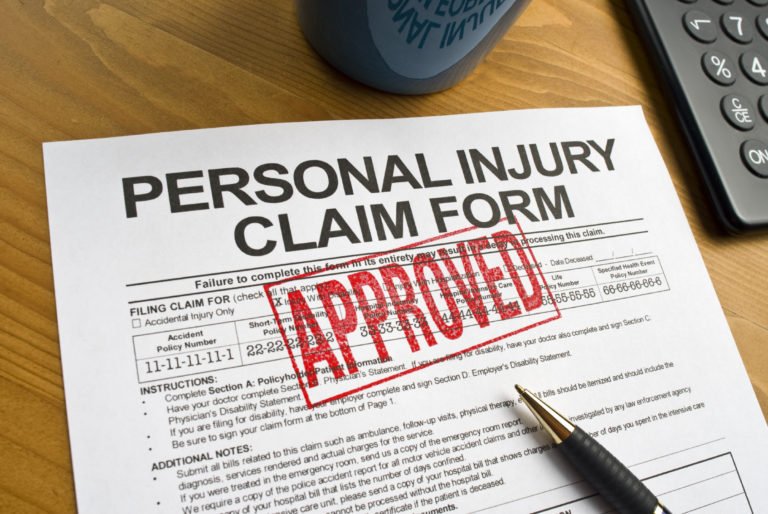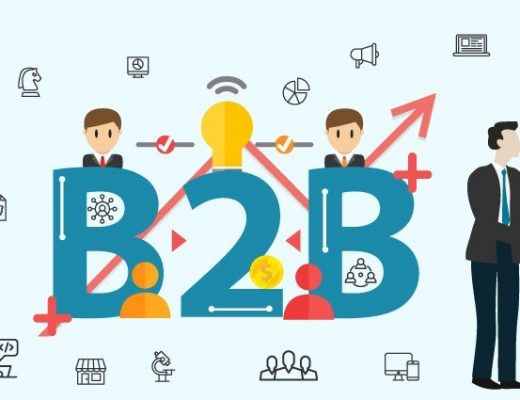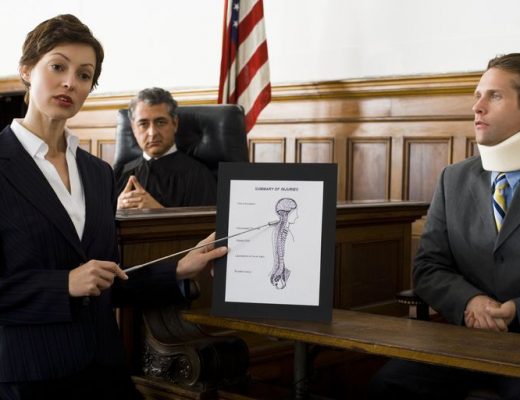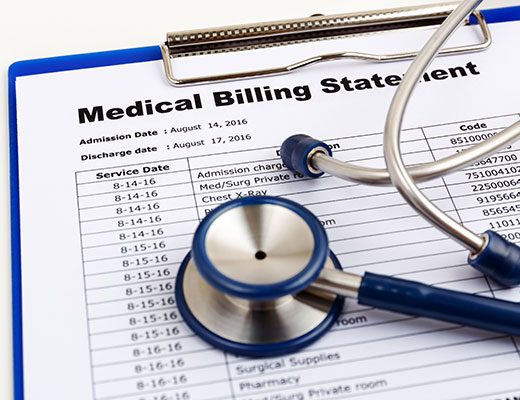The United States economy is currently struggling through the deepest recession since the 1930s (The U.S. government says the recession “officially” ended in 2009, but many businesses will dispute that assessment). The effects of the recession are reverberating through the economy. The result, on many small and medium sized businesses, has been a rise in bankruptcy filings. This, in turn, has affected many personal injury lawsuits.
Personal Injury and Bankruptcy Law
Imagine this hypothetical: A woman is on her way home from work when her vehicle is rear-ended by a commercial vehicle, causing significant personal injuries. The owner of the commercial vehicle, a business, is insured. During the course of per-suit settlement negotiations, or during subsequent litigation, or possibly even after a judgment is entered, the business files a bankruptcy petition (perhaps in a Federal court seated in Florida, but potentially in a Federal court seated in another state) seeking bankruptcy relief under the United States Bankruptcy Code.
In the foregoing hypothetical, what rights does the injured woman have to proceed against the business and its insurer? The answer is, more than likely, the victim can seek to lift the bankruptcy stay, and proceed with the claim against the company and its insurer, only to the extent of the insurance proceeds available from the insurer for the claim. There are, of course, potential exceptions to this rule; however, those exceptions are beyond the scope of this article. Further, while the victim may generally lift the stay and pursue the available insurance proceeds, the task can add considerably to the cost and effort of proceeding against the company and the insurer.
As a general rule, the filing of a bankruptcy petition operates as an “automatic stay” against all per-prepetition claims against the debtor, in this case the business. 11 U.S.C. §362(a). However, the automatic stay can be lifted, so long as an interested party can demonstrate “cause.” 11 U.S.C. §362(d)(1). In one such instance, which is the subject of this article, Federal courts have found it appropriate to lift the automatic bankruptcy stay to allow personal injury victims to proceed against a tortfeasor’s liability insurance, but only to the extent of the available insurance proceeds. In other instances, which are beyond the scope of this article, but which should be noted, some types of debts are not dis-chargeable, such as a debt related to personal injury that was caused by the debtor’s operation of a motor vehicle while the debtor was intoxicated, or a debt that arose from willful and malicious in jury. If a case involves these facts, the debt may not be dis-chargeable in bankruptcy and the stay may be lifted.
Lifting the Stay
The process for lifting the stay can be simple, or it can be made difficult by a recalcitrant insurer. The first step is to file a “proof of claim” in the bankruptcy court where the company has filed its bankruptcy petition. Generally, anyone can file a proof of claim in any bankruptcy court, despite whether the person is licensed to practice law in the state where the court is located. That said, however, it is recommended that a lawyer file a client’s proof of claim.
The second step is to file a motion for relief from the automatic stay in the bankruptcy court where the company has filed its bankruptcy petition. Unlike the proceeding step, this motion must generally be filed by an attorney licensed to practice law in the state where the court is located. Typically, the motion for relief from the automatic stay should limit relief to the amount of liability insurance. In ruling on a creditor’s motion for relief from stay in order to proceed with a lawsuit nominally against the debtor, solely for the purpose of establishing the debtor’s liability and recovering from liability insurers, the bankruptcy court must first determine whether the proceeds of liability insurance policies are “property of the estate.” If they are not, then automatic stay does not extend to the proceeds, and the creditor can proceed with a lawsuit.
The third and final step in the process is to set a hearing on the motion for relief from the automatic stay. Procedures for scheduling bankruptcy hearings vary widely among courts. In some courts, it is as easy as logging on to a website and choosing an available date and time; however, other courts have other procedures. Following this final step, assuming it all goes as planned, the bankruptcy court should enter an order lifting the stay, to the extent of available insurance proceeds.






